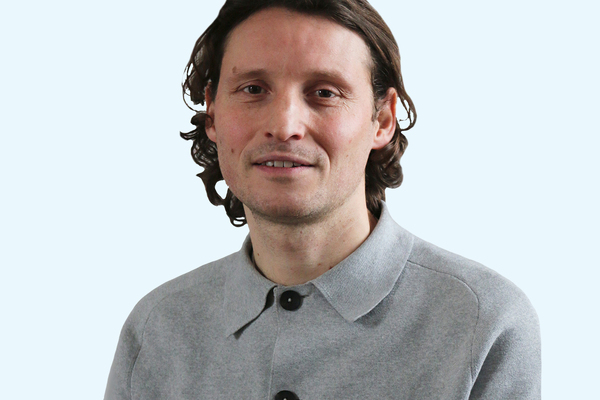Getting Passivhaus projects across the line
Passivhaus is a brilliant standard for social housing providers but is not without its challenges, writes Emma Osmundsen, incoming chair of the Passivhaus Trust
I have never looked back since my first Passivhaus project in 2009 for Exeter City Council.
But Passivhaus it is not without its challenges, and barriers, either perceived or actual, abound. That’s why it’s great news that the Passivhaus Trust has just launched the new, fully funded Passivhaus Client Club online support scheme for social housing providers undertaking Passivhaus projects.
My own experiences at Exeter City Council, and now Ealing Council, offer some useful insights as to how to deliver large-scale Passivhaus-certified social housing schemes.
Why Passivhaus?
Passivhaus is a game-changer. It delivers homes with both climate resilience and occupant well-being in mind. Passivhaus homes are healthy, comfortable, warm, peaceful and with ultra-low energy bills. Post-monitoring data demonstrates that these homes perform as designed, with no performance gap.
Getting initial support
Local authorities and social housing providers tend to be risk-averse, which can be a barrier to getting Passivhaus projects approved. The first Passivhaus projects I delivered were quite under the radar, with no big fanfare made about them being Passivhaus.
The first project I worked on was three homes for Exeter City Council, the next 18, and now I’m working on developments of over 100+ homes in London. Getting over the steep learning curve of your initial project can help housing providers become bolder. Learning from others and visiting Passivhaus projects all helps build confidence for would-be Passivhaus clients.
Money issues
There is still a scepticism about Passivhaus in terms of affordability, but Passivhaus Trust research shows an approximate uplift of only 4-8%.
My own experience of delivering Passivhaus has demonstrated that, if you’re working with an experienced Passivhaus designer who understands building physics, it is possible to really drive down the cost to little or no additional premium. A low-rise block of flats in Exeter came in at 4% cheaper than building regulation equivalents.
Top tips
- Be clear from day one that you’re going for certified Passivhaus and embed that in your client document. You then have to guard that with your life, because everyone will try to persuade you to dial it down to “Passivhaus principles”. It is important to stand your ground, because there’s a real risk that standards will be dumbed down and quality will diminish, and then we will be building homes today which will need retrofitting within a decade.
- Surround yourself with experienced Passivhaus consultants. It can make the difference between a successful Passivhaus project and one that is costly, or does not achieve certification, or both. We’re really fortunate in the UK to have a plethora of qualified and experienced Passivhaus designers and consultants.
- Engage with the project contractors so that everyone on site understands Passivhaus and gets on board. This can be furthered by training such as toolbox talks, and appointing an airtightness champion whose job is to keep an eye on the non-negotiable airtightness detailing needed to achieve certification. A ‘no blame’ culture is also really important.
Passivhaus Client Clubs
To accelerate progress, the Passivhaus Trust is now offering tailored support for social housing providers through a series of interactive online Client Club sessions.
Designed to guide the current and next wave of social housing clients through their Passivhaus decision-making journey, the Client Clubs aim to overcome challenges, optimise designs and costs and help deliver large-scale Passivhaus programmes. The Client Clubs will offer a safe space for client discussion and a chance to share best practice and learn from others who have been through the process, as well as accessing support from expert client advisors.
Fully-funded places in the Passivhaus Client Clubs are available exclusively for social housing providers, but spaces are limited. For more information and to apply, click here.
Emma Osmundsen, assistant director of housing regeneration, Ealing Council and incoming chair, Passivhaus Trust



